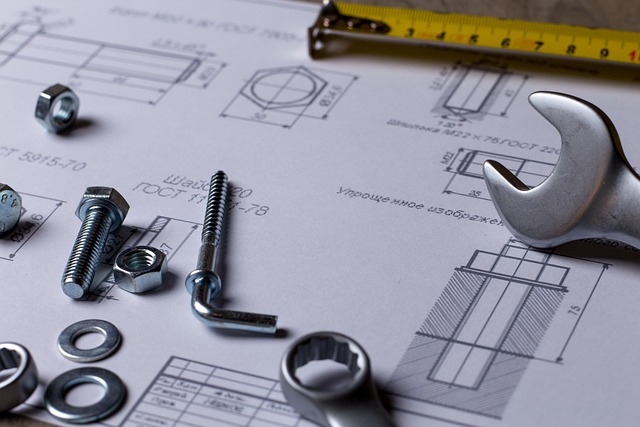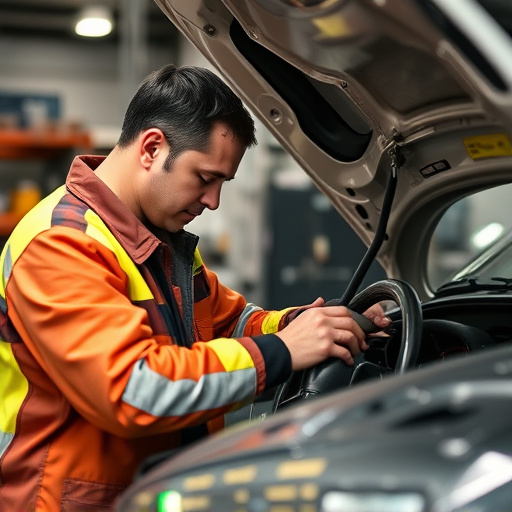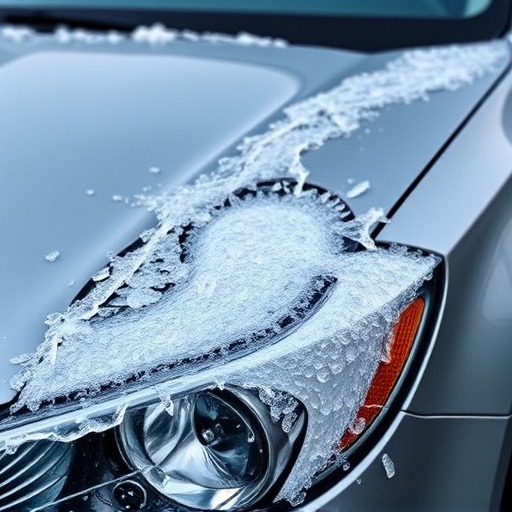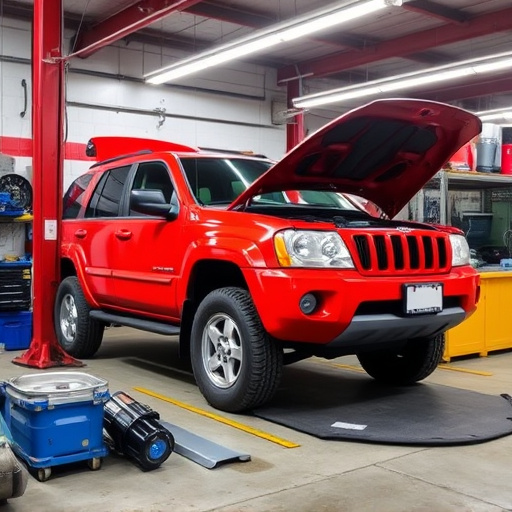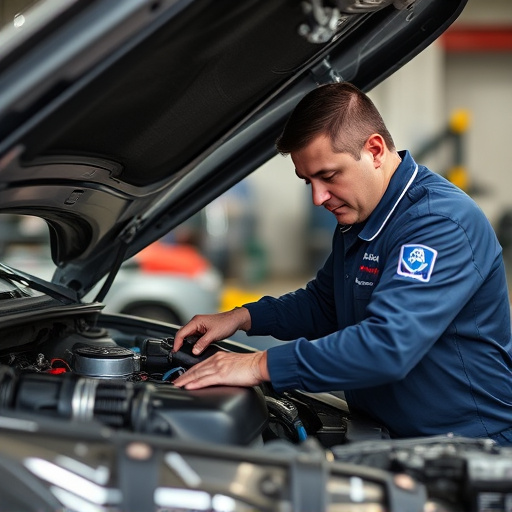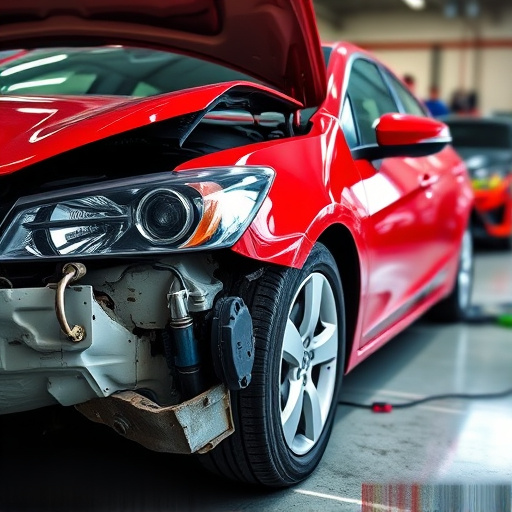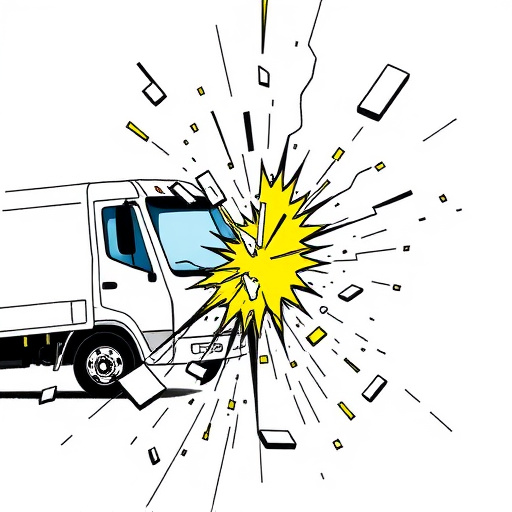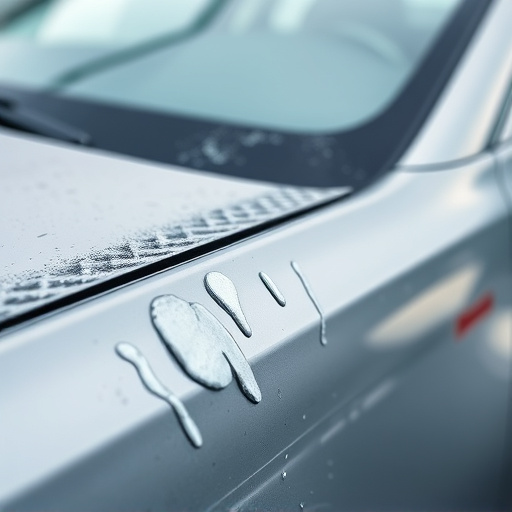The Environmental Protection Agency (EPA) sets strict rules for auto body shops dealing with hazardous materials like dent repair, glass replacement, and collision repair, emphasizing proper management, disposal, and handling to protect the environment. To obtain and maintain licenses, shops must prioritize EPA compliance, which enhances credibility and attracts eco-conscious customers. A multi-faceted strategy includes staying updated on regulations, reviewing operational procedures, implementing employee training, investing in advanced technologies, and conducting internal audits to ensure continuous compliance, positioning the shop as a responsible, EPA compliant body shop.
In today’s regulated environment, ensuring an EPA compliant body shop is paramount. This article delves into the intricate relationship between Environmental Protection Agency (EPA) compliance and shop licensing, certification, and overall operational success. Understanding specific requirements and their implications on business permissions is crucial for any body shop aiming to thrive in a competitive market while adhering to stringent environmental standards. By exploring these aspects, we equip operators with insights to navigate this complex landscape successfully.
- Understanding EPA Compliance Requirements for Body Shops
- The Impact on Shop Licensing and Certifications
- Strategies to Achieve and Maintain EPA Compliance
Understanding EPA Compliance Requirements for Body Shops
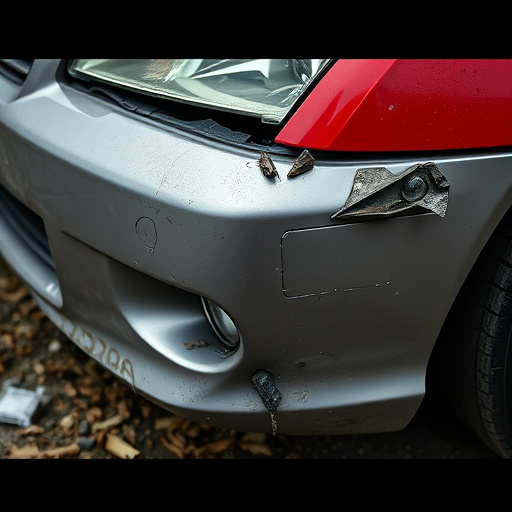
The Environmental Protection Agency (EPA) sets strict guidelines for businesses that deal with hazardous materials, including those in the automotive industry such as body shops. To be considered an EPA compliant body shop, facilities must adhere to regulations surrounding the management, disposal, and handling of various substances used in auto repair processes like dent repair, auto glass replacement, and automotive collision repair.
These requirements ensure that body shops implement proper protocols for containing and disposing of pollutants, such as solvents, paints, and other chemicals. By following EPA guidelines, these facilities contribute to a safer environment by minimizing the release of harmful substances into the atmosphere or water sources. Compliance also involves regular training for employees to stay updated on best practices, further reinforcing the commitment to sustainable operations.
The Impact on Shop Licensing and Certifications
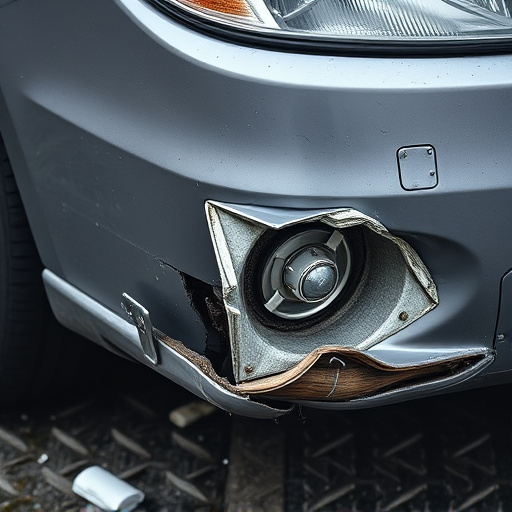
The process of obtaining and maintaining licenses and certifications for an auto body shop is significantly influenced by EPA compliance. To operate legally and ethically, shops must adhere to strict environmental regulations set forth by the Environmental Protection Agency (EPA). This involves proper disposal of hazardous waste, such as automotive fluids and contaminated materials, which is a critical aspect that licensing bodies scrutinize during inspections. An EPA-compliant body shop ensures that these processes are not only followed but also documented, enhancing its credibility and chances for successful licensing.
For auto repair near me or automotive collision repair businesses, achieving and renewing certifications becomes smoother when the shop demonstrates its commitment to environmental protection. This is particularly relevant in areas where such services are in high demand, like bustling urban centers. By prioritizing EPA compliance, an auto body shop can not only stay ahead of regulatory requirements but also differentiate itself from competitors, fostering trust among customers who value eco-friendly practices, especially when considering the impact of these operations on local environments.
Strategies to Achieve and Maintain EPA Compliance
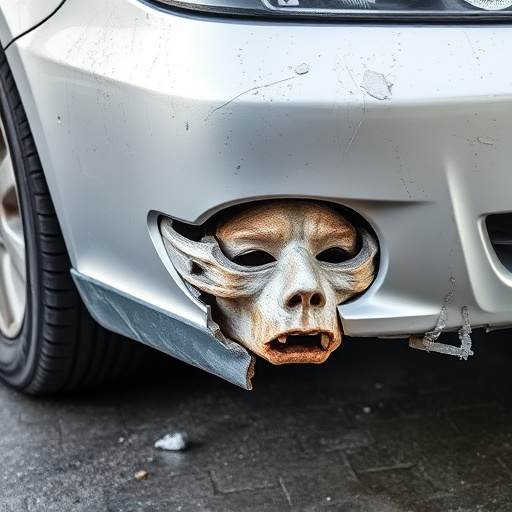
To achieve and maintain EPA compliance for a body shop specializing in services like frame straightening, auto glass repair, or classic car restoration, it’s crucial to implement a multi-faceted approach. First, stay informed about ever-changing EPA regulations specific to automotive operations. Regularly review and update your facility’s operational procedures, ensuring they align with current standards for waste management, emissions control, and hazardous material handling. Investing in training programs for employees can also be game-changer. Educate your team on best practices for reducing environmental impact throughout the work process, from efficient use of materials to proper disposal methods.
Additionally, employing advanced technologies can significantly aid in EPA compliance. Consider implementing efficient equipment that minimizes waste and emissions during operations like frame straightening or auto glass repair. Utilizing digital systems for tracking and managing inventory, along with sustainable sourcing practices, will further contribute to your body shop’s eco-friendliness. Regular internal audits and transparent communication within the organization ensure that everyone remains accountable for upholding EPA compliant standards, ultimately enhancing your reputation as a responsible business in the automotive industry.
In conclusion, navigating EPA compliance is an essential aspect of running a successful and legally sound body shop. Understanding the stringent requirements, their impact on licensing and certification processes, and implementing effective strategies are pivotal steps for any business aiming to thrive in this industry. By adhering to these guidelines, shops can ensure they remain not only compliant but also foster a safe and sustainable working environment, ultimately positioning themselves as premier EPA compliant body shops.
